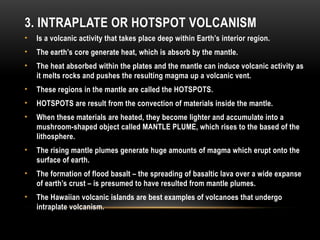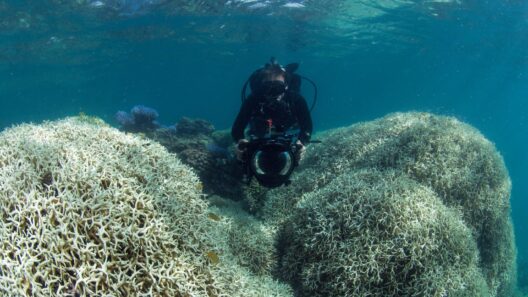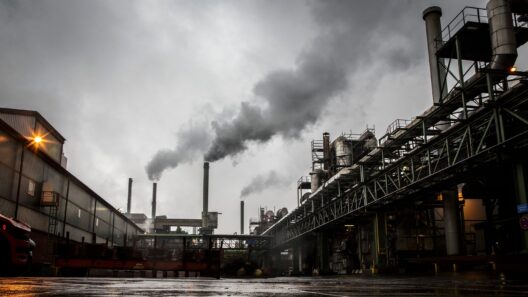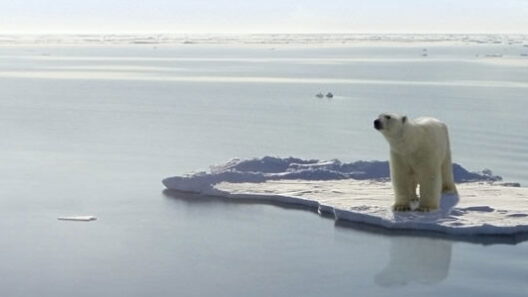What if the very geological processes that have shaped our planet for millennia could also be impacting our climate? It sounds paradoxical, but recent research underscores an unexpected relationship between volcanic activity and global temperatures. As we grapple with the consequences of climate change, it is essential to delve into the intricate interplay between diminished volcanic activity and the subtle warming of our globe.
Volcanic eruptions have long been recognized as potent actors in Earth’s climate system. In their explosive grandeur, they inject massive quantities of ash and sulfuric aerosols into the stratosphere, creating a veil that reflects sunlight back into space, thereby cooling the atmosphere. This phenomenon is evidenced by historic eruptions, such as Mount Pinatubo in 1991, which precipitated significant short-term cooling. Conversely, a drop in volcanic eruptions may lead to decreased aerosol levels, allowing more solar radiation to penetrate the atmosphere and reach the Earth’s surface, subsequently fueling warming trends.
In recent years, a noticeable decline in volcanic activity has been observed, particularly in regions renowned for their seismic vibrancy. While this may appear benign, it could herald a new chapter in our era of climate stability—or instability. Volcanology experts have started to draw connections between lower eruption frequency and the unrelenting march of climate change. This association serves not only as a scientific inquiry but also as a clarion call for awareness regarding anthropogenic factors contributing to the exacerbation of global warming.
The phenomenon can be articulated through the lens of climate feedback mechanisms. While volcanic eruptions inject cooling aerosols into the atmosphere, the less frequent eruptions we are currently witnessing result in fewer of these particulates. If we consider the Earth’s radiative balance—where incoming solar radiation is balanced by outgoing terrestrial radiation—the absence of volcanic cooling could tilt this balance toward warming. As the planet continues to heat at an alarming rate, the absence of volcanic cooling could amplify the effects of our anthropogenic emissions, compounding the climate crisis.
Moreover, the cyclical nature of volcanic activity is further influenced by climatic changes. For instance, warmer oceans can lead to increased carbon dioxide release from the seabed, triggering potential eruptions in undersea volcanoes. The interconnectedness of these geological and climatic systems raises an intriguing question: can we expect the interplay of these forces to exacerbate climate dynamics even further?
It is vital to consider the geographic variance in volcanic activity and its potential implications for localized climates. Areas historically dependent on volcanic ecosystems, such as the Pacific Ring of Fire, may be particularly susceptible to fluctuations that result from changes in volcanic activity. Without the nutrient-rich ash that eruptions can bring, agricultural systems could falter, leading to food insecurity. This presents yet another challenge for an already beleaguered global food supply chain exacerbated by climate change.
As we turn our attention to solutions, it becomes apparent that education and awareness are pivotal. Community engagement surrounding volcanic activity—and its environmental effects—can galvanize public action. Initiatives could include educational programs that inform the public about the importance of monitoring volcanic activity. By fostering an understanding of these geological processes, communities can better prepare for potential impacts on agriculture, water supply, and broader ecological systems.
Furthermore, we must leverage technology to monitor volcanic activity in real-time. Advances in satellite imaging and remote sensing afford scientists an unprecedented ability to detect changes in volcanic systems, perhaps allowing us to forecast eruptions more accurately. This data could resonate across multiple sectors: agriculture, urban planning, and disaster preparedness, ensuring that we are equipped to deal with volcanic consequences while addressing climate change holistically.
In contemplating the future, we should ask ourselves whether the climate community is adequately prepared for the repercussions of the simultaneous phenomena of climate change and changes in volcanic activity. Can policy frameworks adequately respond to the multifaceted challenges this presents? Hence, it is imperative to integrate geological science into climate policy discussions. We must advocate for interdisciplinary approaches that straddle the domains of geology and climate science, generating robust strategies capable of mitigating the effects of both volcanic inactivity and climate change.
In summary, as we face an unprecedented era of climate challenges, it is critical to remain vigilant regarding the intricate dynamics between our planet’s volcanic systems and the atmospheric conditions they influence. A decline in volcanic activity could paradoxically contribute to the warming of our planet, an unintended consequence of a natural process that, historically, has acted to cool our atmosphere. Acknowledge these complexities, advocate for thoughtful, science-based policy, and inform community efforts to enhance resilience—these actions will become ever more vital as we navigate the dual epochs of volcanic activity and climate change.







